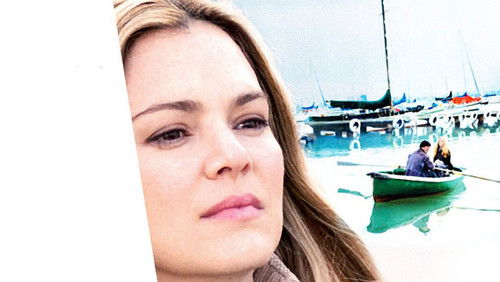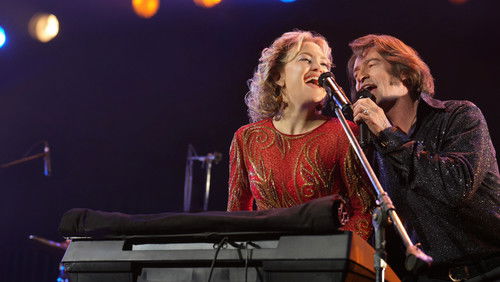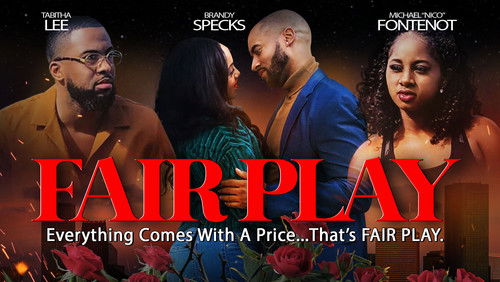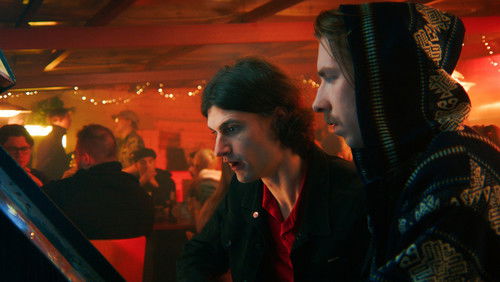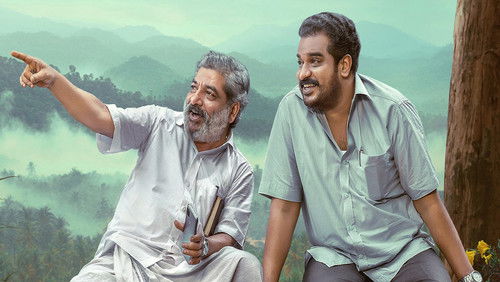Auf eigene Faust (1959)
11KAuf eigene Faust: Directed by Budd Boetticher. With Randolph Scott, Karen Steele, Pernell Roberts, James Best. A bounty hunter escorts a killer to be tried for murder, but allows the man’s outlaw brother to catch up with them to have a showdown over a previous shocking murder.
“Ride Lonesome is directed by Budd Boetticher, written by Burt Kennedy and stars Randolph Scott, Karen Steele, Pernell Roberts, James Coburn, James Best u0026amp; Lee Van Cleef. Charles Lawton Jr. is the cinematographer (in CinemaScope for the Alabama Hills, Lone Pine, California location) and Heinz Roemheld provides the musical score. Film is part of the Ranown Western cycle involving Boetticher, Scott, Kennedy and producer Harry Joe Brown.u003cbr/u003eu003cbr/u003eBounty hunter Ben Brigade (Scott) captures wanted outlaw Billy John (Best) and tells him heu0026#39;s taking him to Santa Cruz to be hanged. Best boasts that his brother Frank (Cleef) will soon be arriving to ensure that doesnu0026#39;t happen. Brigade isnu0026#39;t the least bit bothered by this statement. The two men stop at a Wells Junction, a remote swing station, where they encounter Boone (Roberts) u0026amp; Whit (Coburn), two drifters, and Mrs Lane (Steele), the station attendantu0026#39;s wife. With Mr Lane missing and the Mescalero Apacheu0026#39;s on the warpath, the group decide to collectively travel to Santa Cruz, but hot on their trail are the Indians and also Frank Johnu0026#39;s gang. Thereu0026#39;s also the small matter of motives within the group, for it seems Boone u0026amp; Whit, too, have a special interest in Billy, while Brigade may have something far more ulterior driving him on…u003cbr/u003eu003cbr/u003eAs the decades have rolled by, the Boetticher/Scott Westerns have come to be rightly regarded as genre high points. Between 1956 to 1960 they produced 7 pieces of work. The weakest of which were the more jovial u0026quot;Buchanan Rides Aloneu0026quot; (1958), and the Kennedy absent u0026quot;WBu0026quot; contract filler that was u0026quot;Westboundu0026quot; (1959). The remaining five each follow a familiar theme that sees Scott as a man driven by emotional pain, movies with simmering undertones and pulsing with psychological smarts. If you poll a hundred Western fans for their favourite Boetticher/Scott movie, you will find any of the five being mentioned as a favourite – such is the tightness and intelligence of each respective picture.u003cbr/u003eu003cbr/u003eSo we are out in the desolated Old West, itu0026#39;s harsh and weather beaten. Our five characters are either troubled by death – prior and pending – and, or, searching for a life that may be a touch too far from their grasp. As their journey unfolds, loyalties will be tested and shifted, uneasy bonds formed, all while psychological and sexual needs bubble away under the surface. All this human foible glowering is viewed by the enveloping Alabama Hills – with Mount Whitney the chief patriarch overseeing his charges. u0026quot;Ride Lonseomeu0026quot; is a stunning genre movie, an elegiac piece, one thatu0026#39;s bleak yet not without hope, a collage of tones seamlessly blended together to create one almost magnificent whole. It was the first Boetticher movie to be in CinemaScope, and pic is directed with great economic skill, where the whole width of the screen is creatively used by the director, thus placing the characters in the landscape in the way that the great u0026quot;Anthony Mannu0026quot; used to do with u0026quot;Jimmy Stewartu0026quot;. His action construction is smart, and it should be noted that there is not one interior shot in the whole film. Lawton Jr. sumptuously shoots in Eastman Color, which is actually a perfect choice for the rugged terrain and the wide and lonesome inducing open spaces provided by the Scope format. While Kennedyu0026#39;s script is sparing, perfectly so, the dialogue is clipped but very telling, and crucially thereu0026#39;s no manipulation in the narrative.u003cbr/u003eu003cbr/u003eThen of course thereu0026#39;s the cast. Scott leads off with one of his brave and ageing man of few words portrayals, a character with inner sadness gnawing away at him. With just one glance and a couple of words, Scott actually provides more depth than most other actors in the genre were able to do with more meatier parts. With the lead protagonist established, Boetticher surrounds him with fine support. Coburn was making his film debut and with his tall frame and distinctive voice he leaves a good impression, mostly because he works so well off of Robertsu0026#39; more outwardly tough turn. Their partnership gives the film a believable friendship at its centre, lovable rogues perhaps? And they also provide some of the lighter moments that Boetticher and Kennedy use to tonally keep us guessing. Steele is just sultry, a blonde fire cracker in the middle of a potential hornets nest. While Best does a nice line in snivelling weasel, his character trait being that he shoots his victims in the back. As for Cleef? Heu0026#39;s barely in it, but after his character is introduced into the story, his presence hangs over proceedings like a dark heavy cloud. He will be back, though, and rest assured itu0026#39;s worth the wait.u003cbr/u003eu003cbr/u003eDoes Ride Lonesome have flaws? Yes. One thing is, is that at 73 minutes itu0026#39;s too damn short!. But moving away from that particular greedy itch of mine, the film does carry some Western clichés. Most notably with the Indian participation in the story. Be it chases, portentous smoke signals or an adobe corral attack – where our group are of course outnumbered – itu0026#39;s stock Cowboy u0026amp; Indian fare, not helped by Roemheldu0026#39;s music, which only reinforces the clichés. Thankfully, in Boetticheru0026#39;s hands the clichés are overcome by the scenes managing to raise the pulse, and in one particular sequence, it provides the basis for a terrific tracking shot. Roemheld however does deliver the goods for the finale, though, and what a finale it is too. Featuring a tree shaped like a cross, the ending has sparked many an interpretation. Some way too deep (French critics) u0026amp; some just bizarre (internet sleuths), when actually the interpretation is simple – hell they even got u0026quot;Martin Scorseseu0026quot; to explain it on the DVD… The memorable shot involving the tree, as the music pounds away, can induce pounds of goose-flesh rising up on the skin. As endings go in the Boettticher canon? It gives u0026quot;Comanche Stationu0026#39;su0026quot; riderless horse finale a run for the title of being his, and Scottu0026#39;s, best. A near masterpiece from a true auteur. 9/10”
